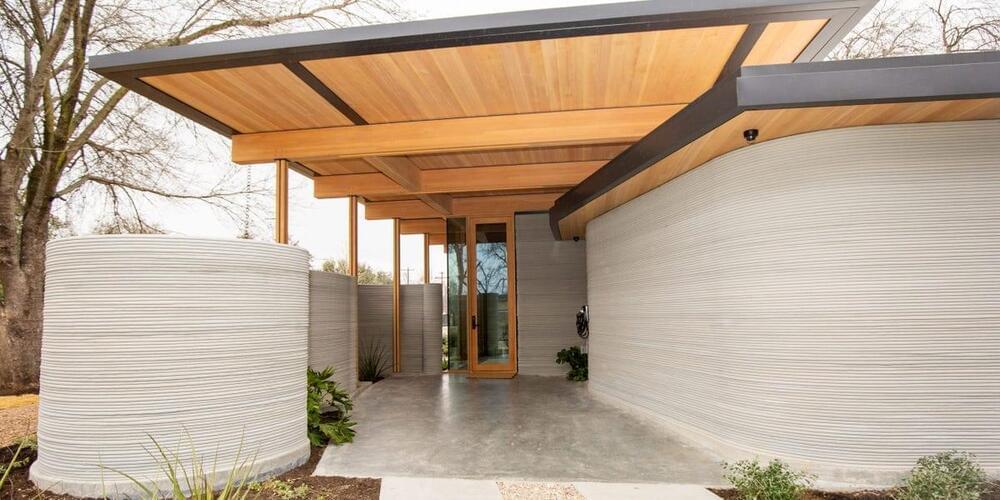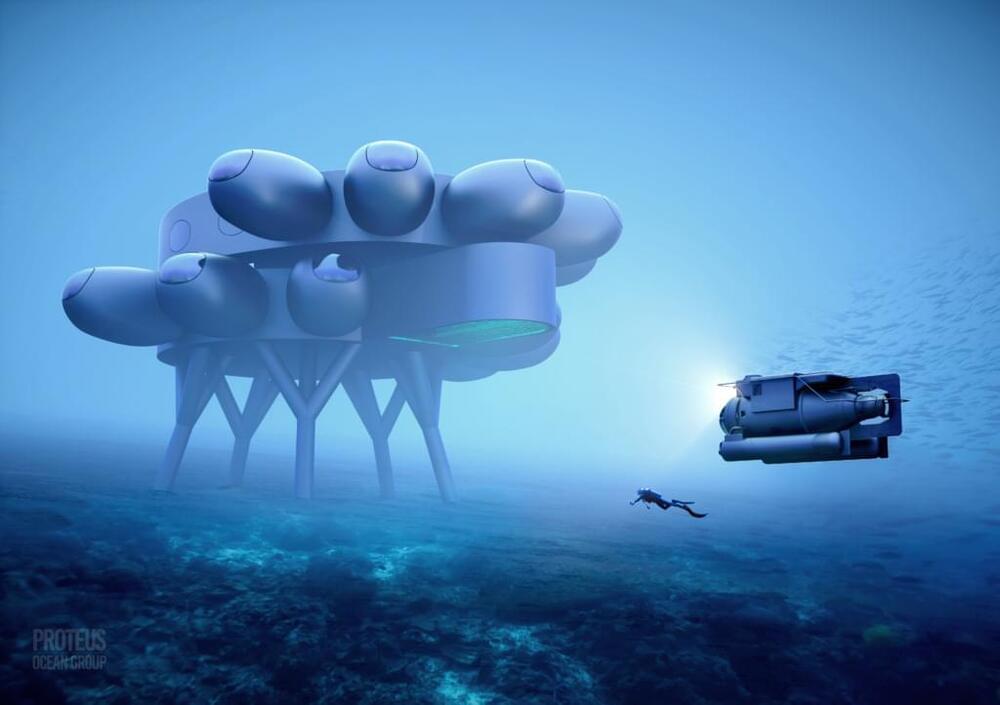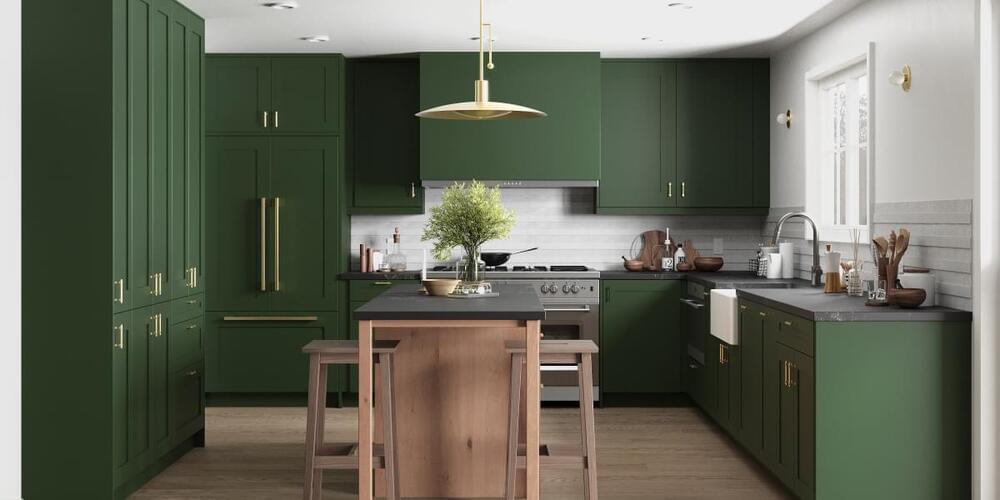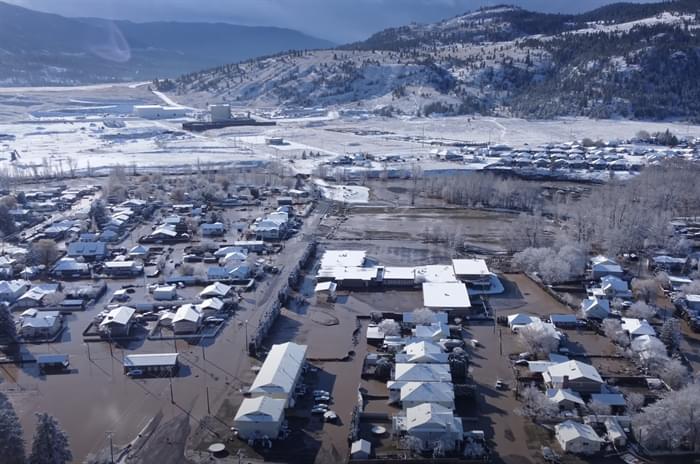
While hydroelectric dams are capable of generating a lot of electricity, they drastically disrupt the environment. Scientists have now proposed a simpler but still effective alternative, in which electric trucks replace such dams.
In a typical hydroelectric facility, a dam is built across a river, causing a reservoir to form directly upstream of that dam. When a gate in the dam is opened, water from the reservoir flows through and drops down to a lower elevation. As it does so, it spins up turbines which generate electricity.
Unfortunately, formation of the reservoir involves the flooding of land which may previously have contained forests, crops, or even people’s homes.

















